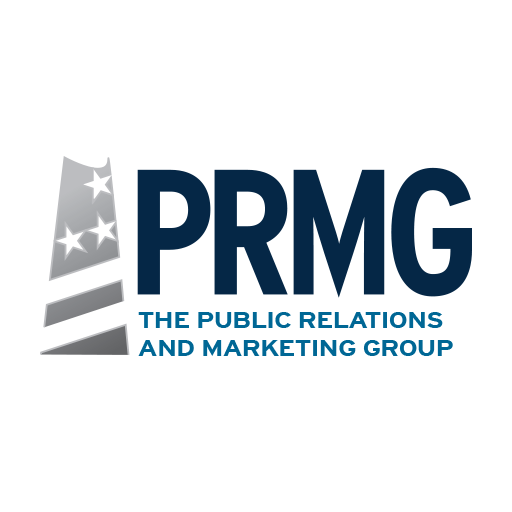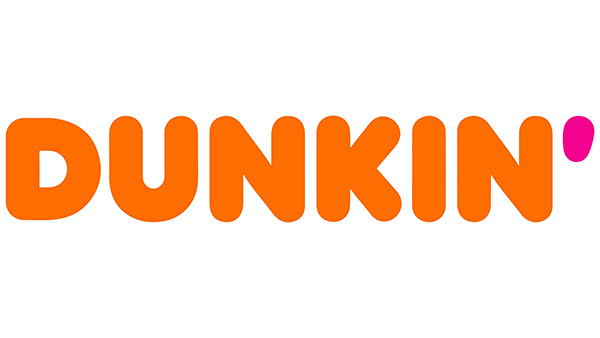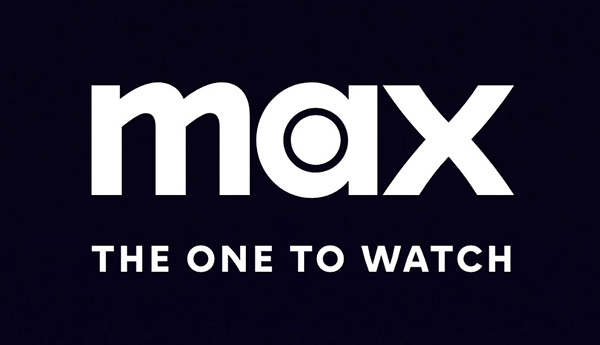The Internet offers countless opportunities for building your professional network and generating leads for your business. Especially for those on a tight budget, it’s important to focus on making the most of lead generation tools and techniques that are readily available on the Web. This article will provide you with ten simple ways you can generate leads online for your business.
- Send Out Monthly E-newsletters — Email marketing is hugely effective when it comes to converting leads into customers over time. To maximize your email marketing efforts, it’s essential to keep in touch with your audience using an e-newsletter. Your e-newsletter should contain valuable, timely and relevant content that is intended to keep your audience interested in your organization and what services or products you offer. For more information on writing and distributing e-newsletters, please see our article, “Why Your Business Needs an E-newsletter.”
- Offer Free Content in Exchange for Contact Information — By offering valuable content such as guidebooks, e-books and other free downloads on your website and in your advertising, people will be more likely to give up their contact information. Even if it’s just a name and email address, this information is essential to generating leads and future customers or clients. Over time, engaging these leads with credible, valuable content can lead to long-term buying relationships.
- Host Webinars — Webinars are online seminars offered by a company to replace an in-person business conference, lecture or presentation. When people want to attend your webinar, they’ll have to enter their name, email address and other contact information, if necessary. This is excellent for businesses because, for every webinar participant, you’ll gain a new lead and a potential customer. The stronger your presentation is, and the better you promote your upcoming webinar, the more leads you will generate.
- Advertise Using Pay-Per-Clicks — Pay-per-click advertising is an excellent way to generate qualified leads. Pay-per-click advertising outlets, such as Google AdWords, allow businesses to market to people who are already actively searching for their products or services. Users who click on your ad will be delivered to a custom landing page where they can enter their contact information in exchange for the content or service that was advertised. For more information on pay-per-click advertising, please see our articles, “Interest-Based Advertising,” “A Beginner’s Guide to Google AdWords,” and “An In-Depth Look into Google AdWords.”
- Create Effective Landing Pages — A landing page is a single Web page that appears in response to a reader clicking on an advertisement. Landing pages are often linked from social media ads, email ad campaigns or pay-per-click ad campaigns. Landing pages should include brief descriptions of the downloadable content and services your business offers, as well as an image of the content and a short form for contact information. A well-designed landing page is essential for generating qualified leads for your business. Marketers can even measure the effectiveness of a landing page by analyzing the activity generated by the linked URL, such as click-through and conversion rates. For more information on creating effective landing pages, please see our article, “Five Steps to Generating New Business through Web Advertising, Landing Pages and Emails.”
- Submit Your Website to Web Directories — Web directories provide valuable backlinks that will improve your business’ visibility and search engine optimization. By listing your business in accurate categories, people who are already looking for information regarding your industry or service will be directed to your website, making them more qualified and targeted leads. For more information on free Web directories and other submission sites that offer backlinks, please see our article, “Why You Should Take Advantage of Free Submission Websites.”
- Distribute Press Releases Online — Every time you distribute your press release online, that site will provide backlinks to your main website. This will further direct interested readers directly to your business. Keep in mind that, for SEO purposes, it is vital to distribute press releases that are optimized for your target keywords. For more information on press releases, please see our article, “5 Tips for Writing Effective Press Releases.”
- Optimize Your LinkedIn Profile — When used properly, LinkedIn can be a great tool for business networking, developing professional relationships and generating strong leads. For B2B companies, LinkedIn is the ultimate social networking site. The first step is to make sure that your profile is as close to 100% complete as possible. Next, it’s important to boost your visibility and credibility on LinkedIn by contributing to group discussions on the “Discussions” and “Answers” boards. For more information on LinkedIn, please see our article, “Making the Right Connections with LinkedIn.”
- Share Documents, Slideshows and Presentations — By sharing your presentations or slideshows on the Web, you can not only boost the credibility and popularity of your business online, but you will secure valuable backlinks to your website. Websites such as Scribd and SlideShare not only rank high with major search engines, but they provide backlinks to lead readers directly to your main website.
- Maintain an Active Blog — According to a study done by KBK Communications, B2B companies that blog generate 67% more leads than those who do not. Blogging is essential to any successful marketing and communications strategy, especially in regards to lead generation. Include a clear section for readers to subscribe to your blog via email or an RSS feed. For more information on blogging, please see our article, “Should My Business Have a Blog?”
For more information, please contact The Public Relations and Marketing Group at (631) 207-1057 or johnzaher@theprmg.com. You can also visit our blog for more valuable articles, advertising spotlights and more.



